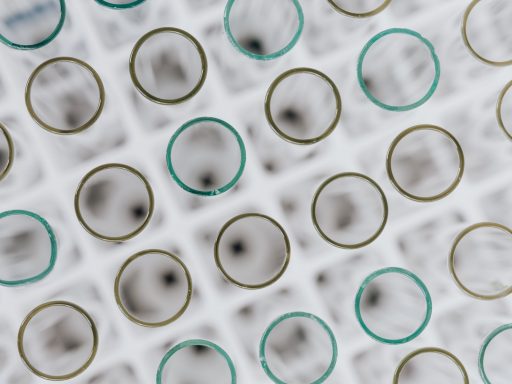
Lynch Syndrome Awareness Day is observed annually on 22 March. Our Curator of Medicine Selina Hurley, explains the history of this condition and more contemporary developments in its research.
As part of the medical curatorial team, Selina works on the medical galleries redevelopment project and has a broad interest in the history of medicine and medical science. During her time at the museum, Selina has worked on meteorites, clocks, climate science and almost everything in between.

Lynch Syndrome Awareness Day is observed annually on 22 March. Our Curator of Medicine Selina Hurley, explains the history of this condition and more contemporary developments in its research.
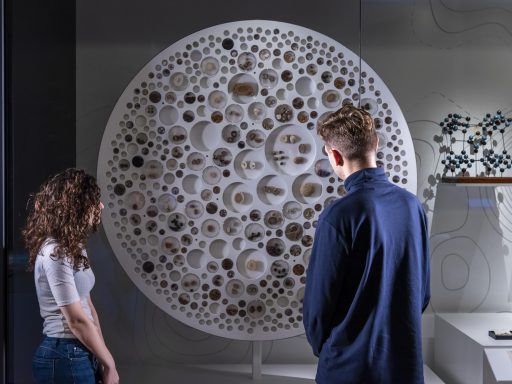
To mark World Kidney Day, Curator of Medicine Selina Hurley reflects on this unsung hero of the human body.
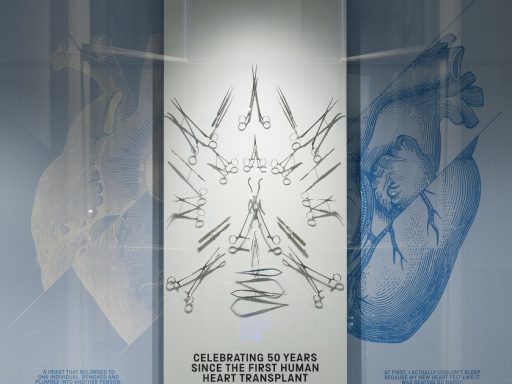
Curator Selina Hurley celebrates 50 years since the first successful human heart transplant.

Curator Selina Hurley, and Sir Terence English, look at how we got from the first implanted artificial heart to where we are today.
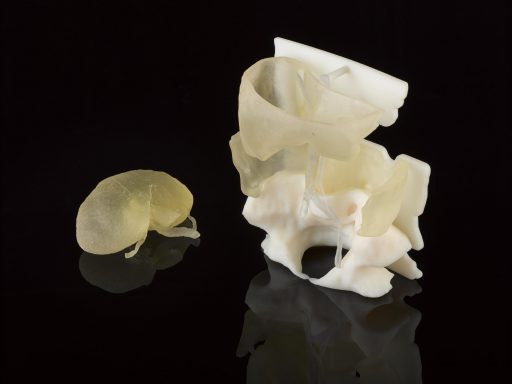
New acquisition: 3D printed models used in kidney transplant.
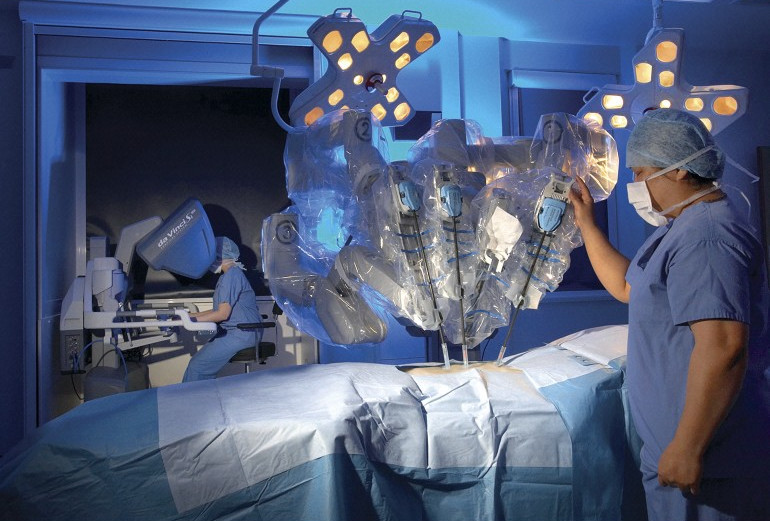
Curator Selina Hurley looks at the machine that will be performing the procedure at Guardian Live: Robot Surgery.
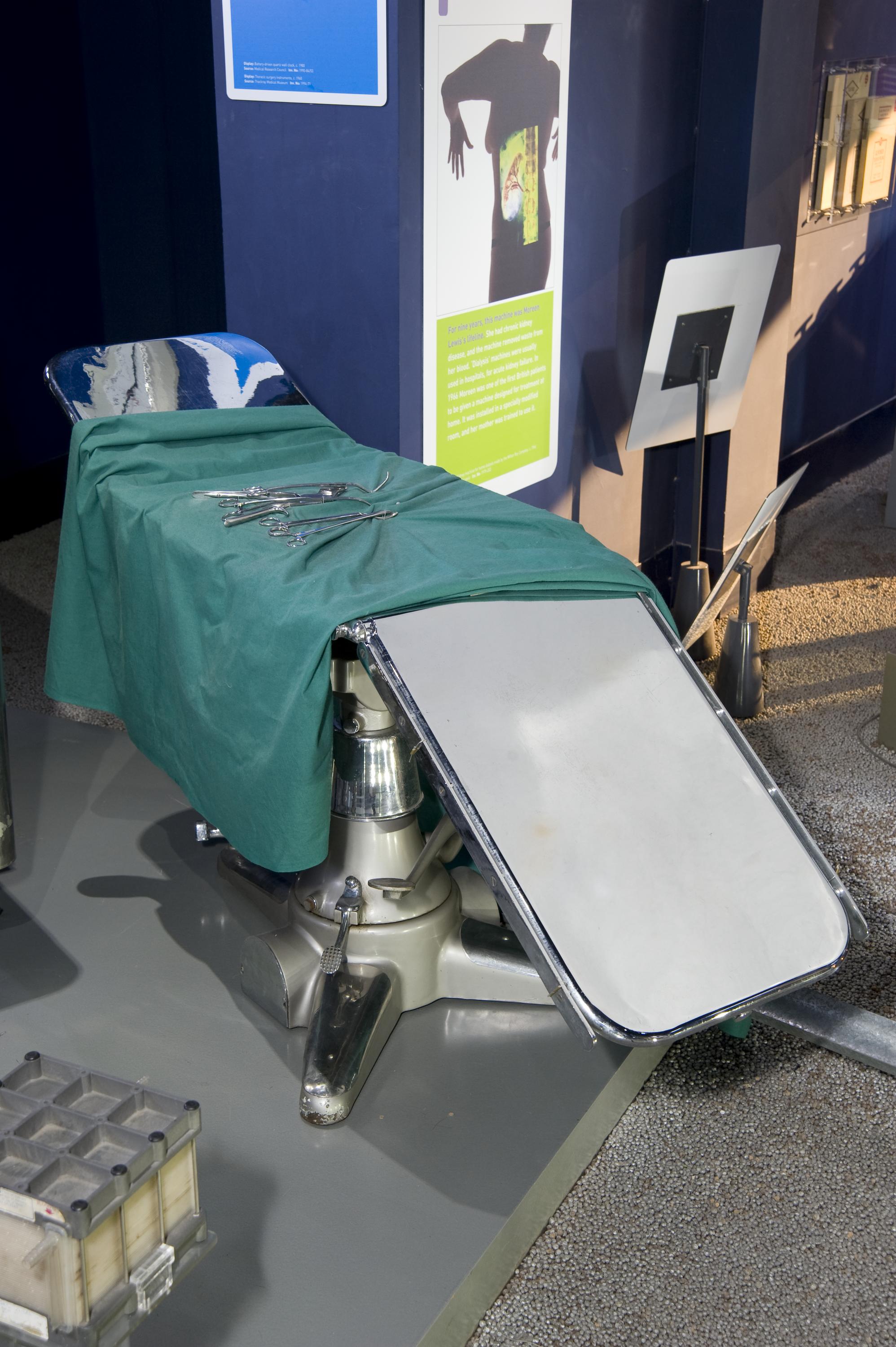
In the first episode of The Crown, a new Netflix drama series looking at the life of HM Queen Elizabeth II, showed the George VI’s lung operation carried out by surgeon Sir Clement Price Thomas (1893-1973) on a Sunday morning, 23 September 1951. The news made headlines all over the world. For The Crown, a group of practicing surgeons and theatre staff from Guys and St Thomas’ Trust came together to re-enact the operation in what is thought to be a […]

As Call the Midwife examines the issue of thalidomide, curator Selina Hurley explores its history.
Selina Hurley, Assistant Curator of Medicine, takes a look at the story behind a new addition to our collections.
In Emily’s second post, find out about one of her favourite art pieces in the Science Museum Sitting there, watching Listening Post, I was strangely mesmerised. The computer synthesised voices read out posts in different, monotonic keys, creating a calm chorus of gentle noise. I was completely hypnotised and probably could have sat there for hours… Created by artists Mark Hansen and Ben Rubin, Listening Post is an art project which came to the museum in 2003. It displays small […]
This blog post was written by Emily to share her thoughts on her placement at the Science Museum I came to the Science Museum for a two week work experience placement and was surprised at how much there was going on! Going to a museum for a school trip, or even for a day out with my family, I’m used to seeing people in the Learning department, working at the café and in the shop but being behind the scenes, […]
How many people do you know that have had a cataracts operation? Cataract (the clouding of the lens of the eye) have been operated on for hundreds of years. One of the earliest operations was couching – pushing the clouded lens out of the way to restore some vision. By the 1740s, methods were developed to remove the lens completely. However it wasn’t until the 1940s, that a successful artificial alternative to the eye’s lens was found, the intra-ocular lens. While working […]